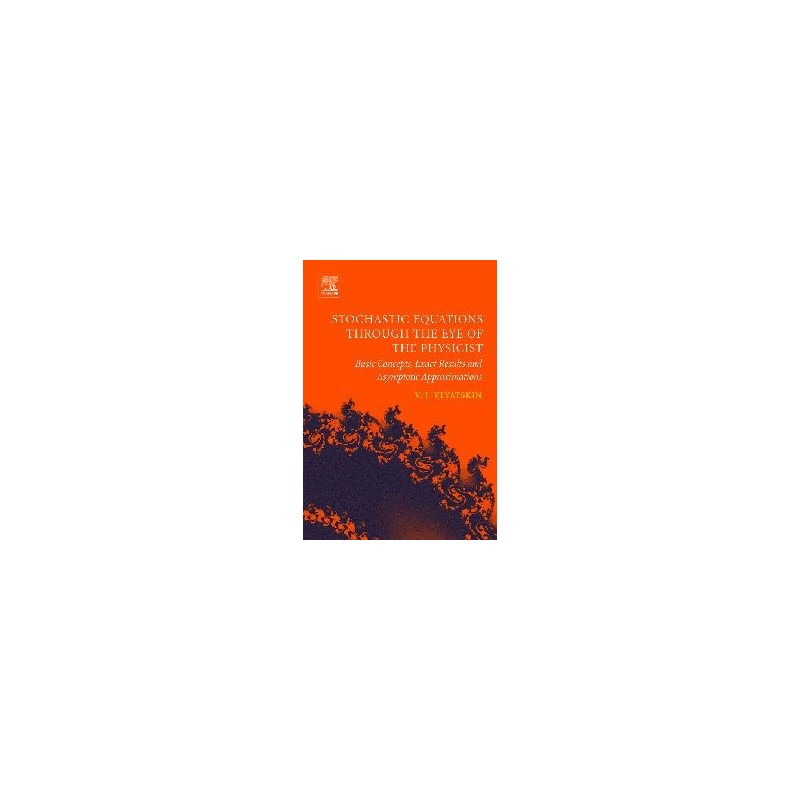- Obecnie brak na stanie




darmowa wysyłka na terenie Polski dla wszystkich zamówień powyżej 500 PLN

Jeśli Twoja wpłata zostanie zaksięgowana na naszym koncie do godz. 11:00

Każdy konsument może zwrócić zakupiony towar w ciągu 14 dni bez zbędnych pytań
Wzmacniacz mocy 2 x 30w - zestaw do samodzielnego montażu
Brak towaru
Termistor do montażu przewlekanego (THT) o rezystancji 10k, współczynniku temperaturowym 3380K i dokładności 1%. Korpus czujnika ma wymiary Ø2.5x4mm
Brak towaru
Brak towaru
Brak towaru
Brak towaru
Zestaw AVT do samodzielnego montażu sterownika zgrzewarki oporowej. AVT5553 B
Brak towaru
Antena RFID przeznaczona do tagów UHF RFID. Pozwala zwiększyć efektywny zasięg tagów do około 2,5 cm. SparkFun SPX-15113
Brak towaru
Filament FiberFlex 30D w kolorze Black o średnicy 1,75 mm. Na szpuli nawinięte jest 0,85 kg filamentu. Fiberlogy FiberFlex 30D Black
Brak towaru
Konsola do gier z matrycą LED 8x16 pól i wbudowanymi popularnymi grami. Może być zasilana przez złącze mini USB
Brak towaru
Brak towaru
Płytka PCB i zaprogramowany układ do konfigurowalnego przełącznika 4-kanałowego. AVT1916 A+
Brak towaru
Brak towaru
Brak towaru
Pendrive CUBE Blue firmy Goodram o pojemności 8 GB wyposażony w interfejs USB 2.0. Maksymalna prędkość odczytu: 22 MB/s, maksymalna prędkość zapisu: 10 MB/s
Brak towaru
Brak towaru
Brak towaru

